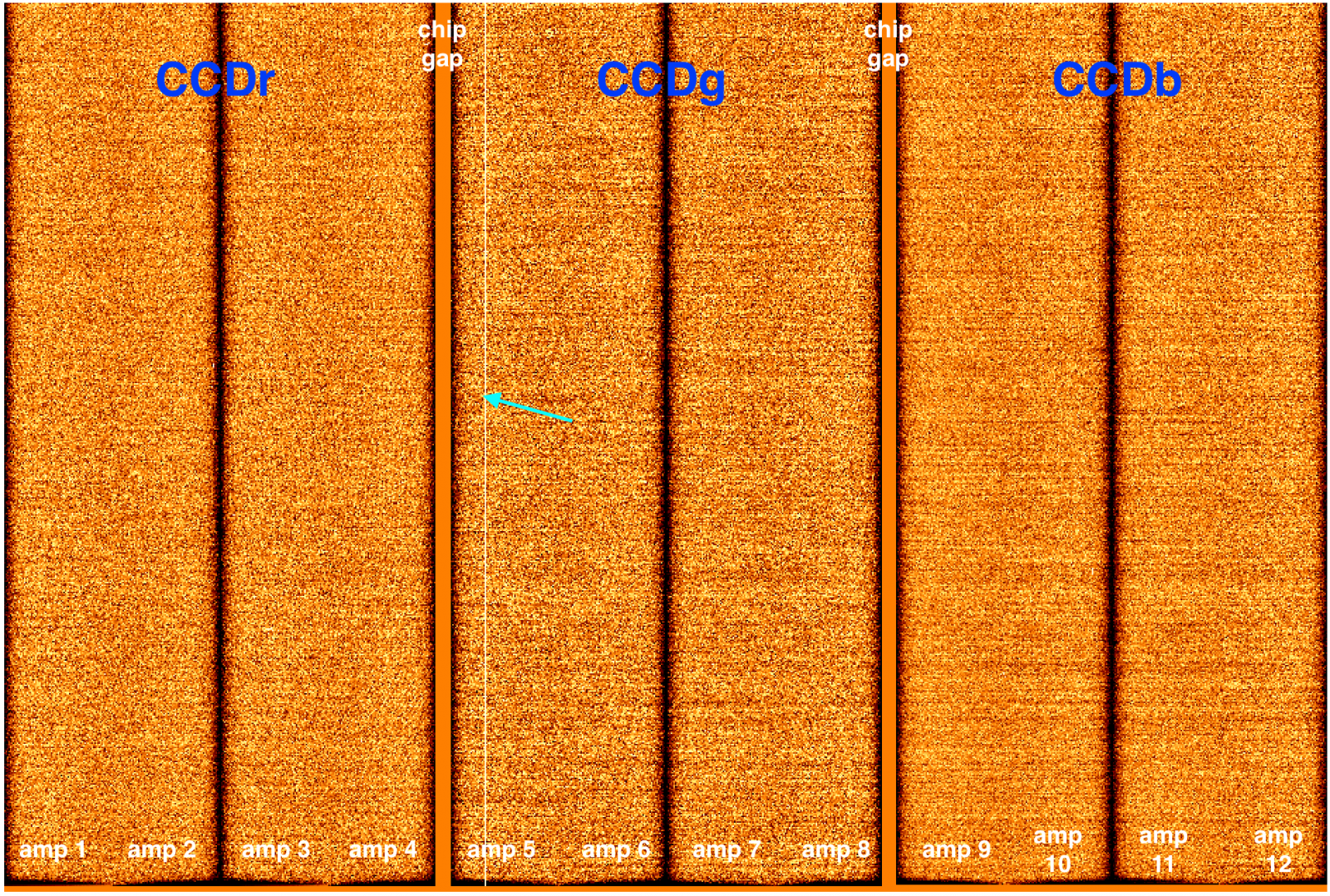Reduced blue sensitivity of GMOS-N B600 grating
It has recently been noticed that the sensitivity of GMOS-N B600 observations at wavelengths blueward of 500 nm is significantly lower than predicted by the Exposure Time Calculator. Historic data of spectrophotometric standard stars show that this reduction in sensitivity is largely attributed to a decrease of the B600 grating response, which started to develop around 2013 to 2014.

